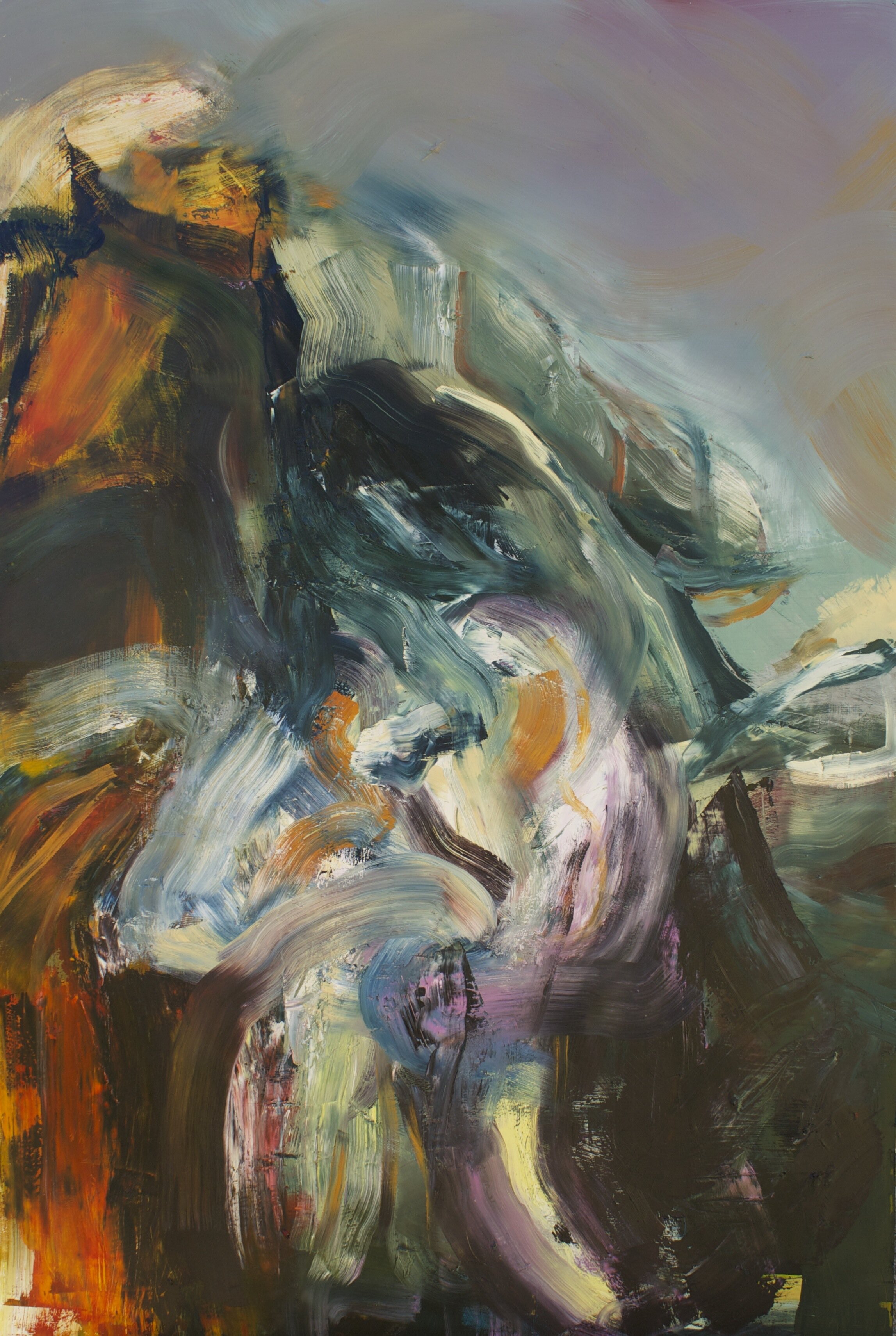MORGAN EVERHART
Morgan Everhart uses varying degrees of abstraction and daring colors ranging from fleshy pink to deep burgundy to make floral images in which motion and emotion are inextricably linked. Tapping into a historical tradition of flower painting by artists such as Ambrosius Bosschaert and Pierre-Joseph Redouté, Everhart often invests her arrangements with spiritual significance, and uses her blooms as a means of trying to make sense of life’s arbitrariness. In one form or another, flowers have a place in all the major rites that punctuate our existence; by so poignantly envisioning them, Everhart reminds us to contemplate time and what we chose to do with it.
One of the many things I admire about Everhart as an artist and a person is her constant desire to explore and move forward. That impulse has resulted in a series of framed plexiglass works that may either be displayed on a flat surface or a wall. These double-sided works relate to the artist’s fascination with transparency (both formally and conceptually) and with Akita Ranga, a school—for a lack of a better word—that flourished in Japan in the 18th century. Everhart’s investigative bent has also prompted her Double Takes, a series of small-scale “reactions,” of which you will find fifteen examples here. Equally presented in this context are three earlier works by Everhart that reveal her deep connection to the visionary Spanish painter Francisco de Goya (1746-1828). In these compositions featuring palettes evocative of semiprecious stones, the elegance and eloquence of Everhart’s gestures shine.
(Please click on each painting for more information and to request prices)



































